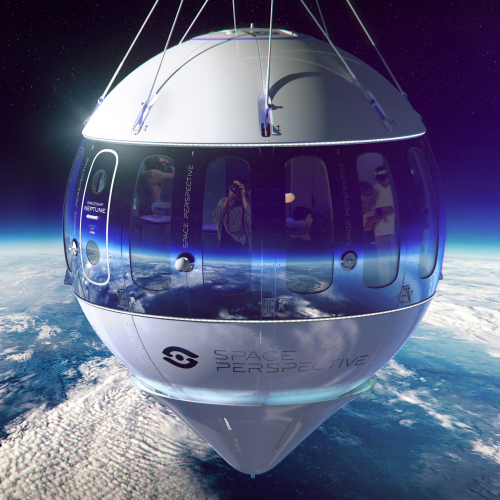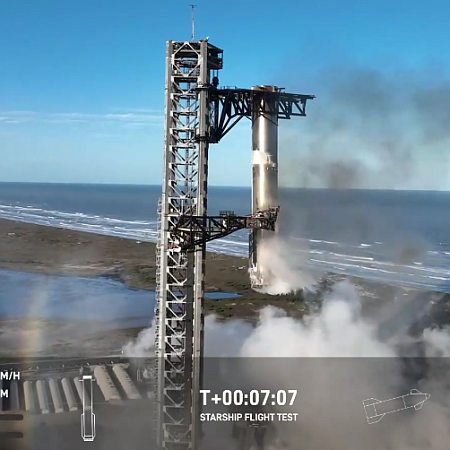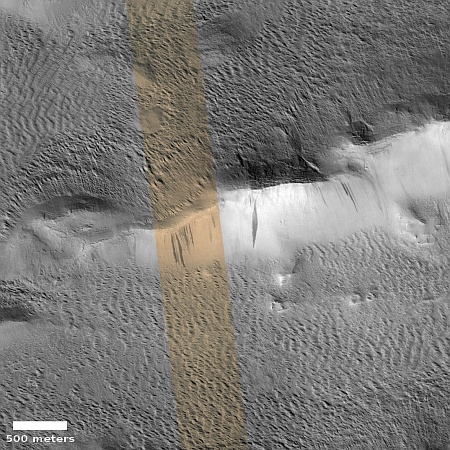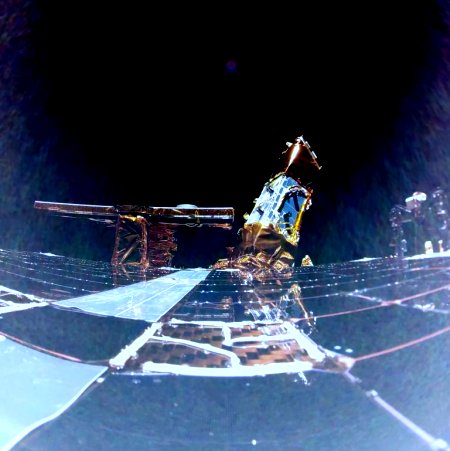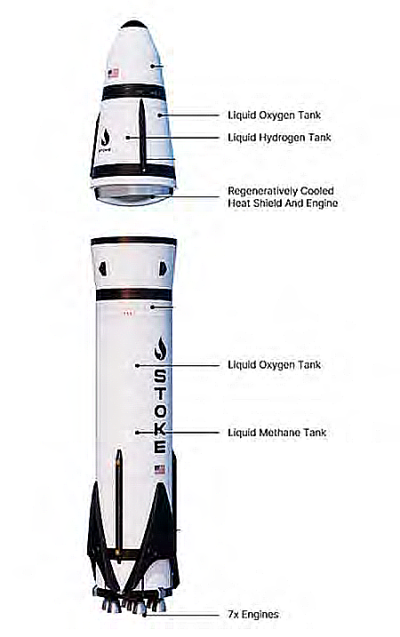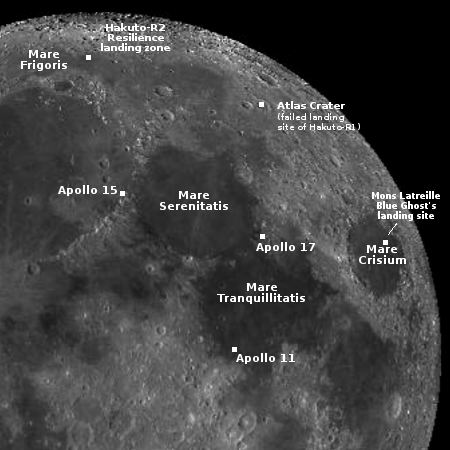Chinese pseudo-company completes launch
The Chinese pseudo-company Galactic Energy today completed its first launch in 2025, its solid-fueled Ceres-1 rocket lifting off from the Jiuquan spaceport in northwest China. It place five satellites in orbit, four for weather and one for Earth observation.
Meanwhile SpaceX yesterday had to scrub a Starlink launch from Vandenberg yesterday at T-11 seconds because an airplane had entered the launch range by mistake. It will try again in a few hours [UPDATE: Now scrubbed till tomorrow], and then follow up with another Starlink launch just after midnight tonight from Kennedy.
The 2025 launch race:
8 SpaceX
4 China
1 Blue Origin
The Chinese pseudo-company Galactic Energy today completed its first launch in 2025, its solid-fueled Ceres-1 rocket lifting off from the Jiuquan spaceport in northwest China. It place five satellites in orbit, four for weather and one for Earth observation.
Meanwhile SpaceX yesterday had to scrub a Starlink launch from Vandenberg yesterday at T-11 seconds because an airplane had entered the launch range by mistake. It will try again in a few hours [UPDATE: Now scrubbed till tomorrow], and then follow up with another Starlink launch just after midnight tonight from Kennedy.
The 2025 launch race:
8 SpaceX
4 China
1 Blue Origin


